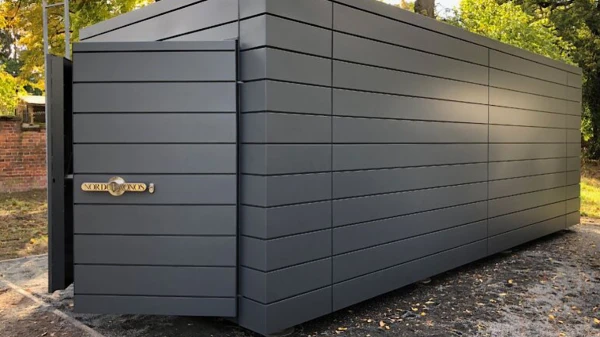
Inside, it features four foldable beds, a toilet, a shower, a mini-kitchen, and a screen simulating a view from a window.
In Germany, against the backdrop of growing concerns over possible provocations from Russia, the country's first "home bunker" has emerged, reports BILD. This compact, secure shelter, designed for autonomous living for a week, will soon be available for purchase directly in garden supply departments.
The 16-square-meter prototype is made of steel concrete (a type of concrete containing steel fibers) with wall thicknesses of 20 centimeters. Inside, it features four foldable beds, a toilet, a shower, a mini-kitchen, and a screen simulating a view from a window. The lighting can be adjusted for color and brightness. According to the project's developer, Mario Peide, head of BSSD Defence, the structure can withstand drone strikes, mines, and even 107-millimeter caliber rockets. When installed at a depth of several meters, the bunker can protect against the effects of a nuclear explosion, provided the epicenter is no closer than 20 kilometers.
The cost of the shelter ranges from €50,000 for the basic version to €150,000 for the fully equipped model. Production takes about 70 working days. Peide stated that besides providing protection, the project aims to change the perception of such structures: "We want to show that a bunker is not a grim concrete box, but a modern means of protection and tranquility."
The growing interest in such solutions comes amid statements from European intelligence agencies about possible aggressive actions by Russia. In the summer, the head of Germany's Federal Intelligence Service (BND) warned that Moscow might be preparing provocations in the Baltic states similar to the annexation of Crimea in 2014. He suggested that this might not involve a large-scale invasion, but operations involving so-called "little green men" — armed individuals without insignia.
In February 2025, Danish intelligence stated that Russia could unleash a large-scale war in Europe within five years, but if hostilities in Ukraine were to end, the Kremlin could prepare for this even faster.
At the same time, Vladimir Putin is strengthening military presence at the borders of the Baltic states and Finland — building new facilities, modernizing railway lines, expanding mobilization programs, and increasing arms production. The re-established Leningrad Military District in 2024 is viewed by the West as a key base for countering NATO, sources in Western intelligence told The Wall Street Journal.




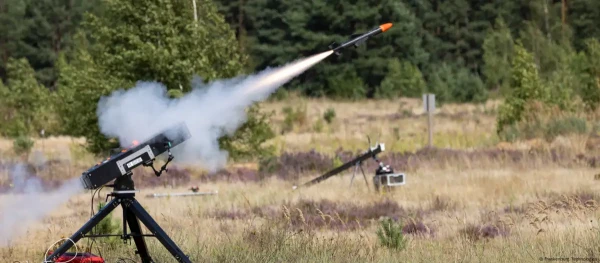
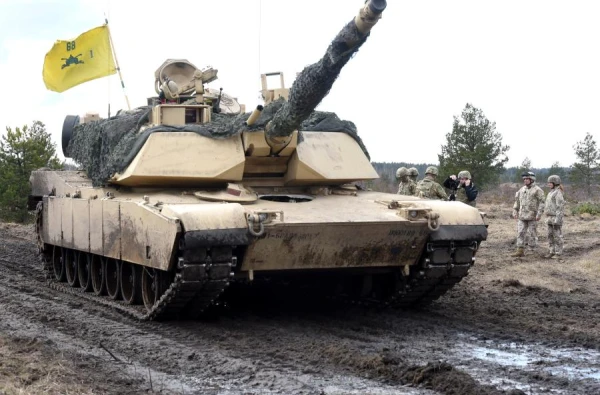






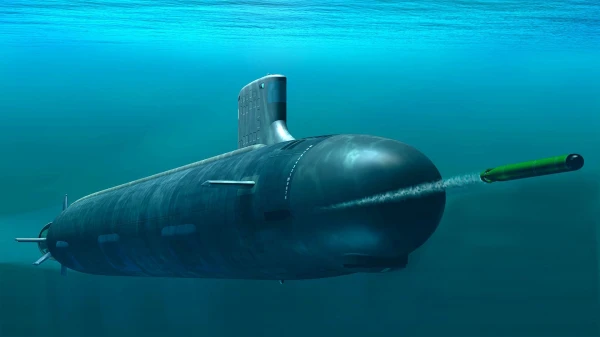
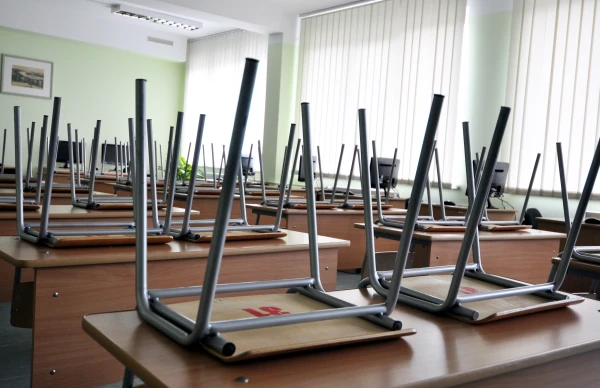
Leave a comment